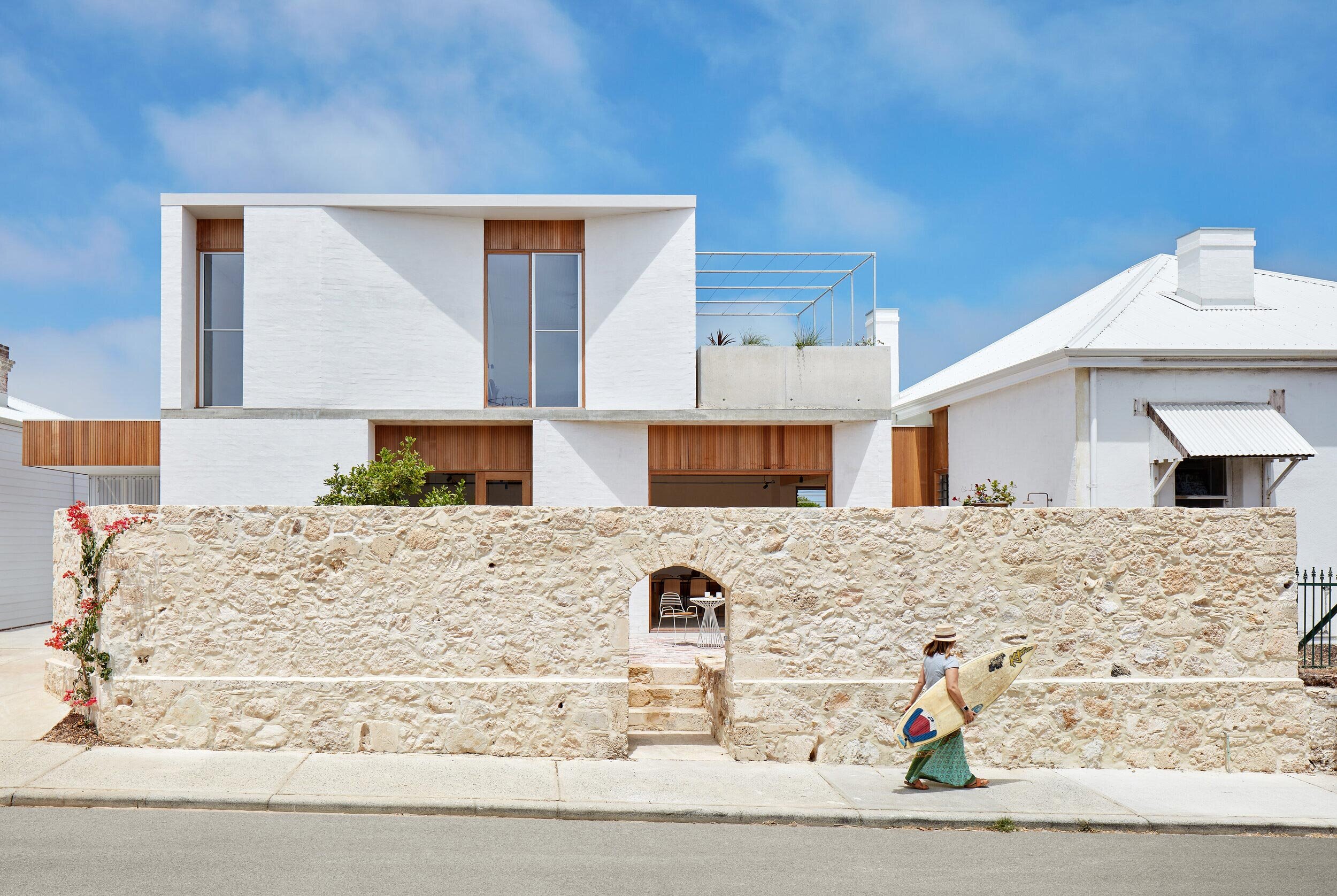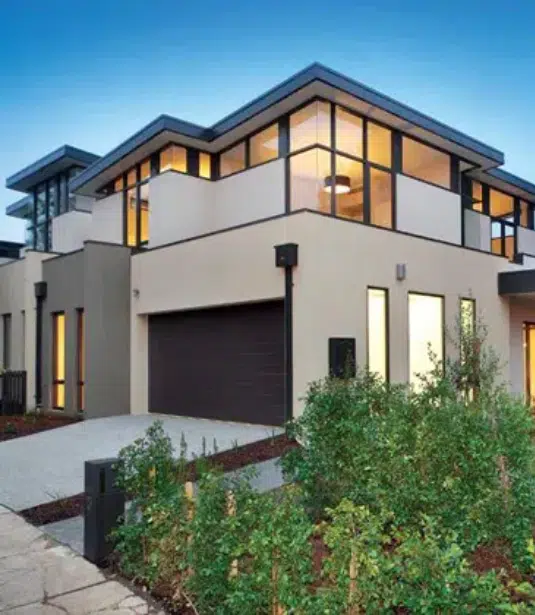How Residential Architects Produce Personalized Residences for every single Way Of Living
The procedure by which residential engineers design customized homes is a nuanced interplay of comprehending customer requirements and equating those understandings into functional living areas. Through detailed examinations and the usage of layout tools, designers catch the significance of their clients' way of livings, ensuring that each home shows personal worths and aspirations.
Understanding Customer Requirements

Effective communication is vital in this process. Architects ought to motivate clients to express their way of livings, family members characteristics, and future ambitions, guaranteeing that the layout reflects their special identity. By utilizing tools such as surveys, meetings, and visual studies, designers can gather useful insights into the customer's vision.
Moreover, recognizing the context in which a home will exist is vital. Architects have to take into consideration elements such as the site attributes, neighborhood environment, and cultural impacts that can influence the style. This holistic method allows for the creation of rooms that are not only aesthetically pleasing however additionally sensible and lasting.
Eventually, a deep understanding of client requires allows engineers to produce tailored homes that enhance the top quality of life for their owners, fostering a feeling of belonging and convenience within their living settings.
Layout Refine and Collaboration
The layout process in residential style is a vibrant interplay of creativity and cooperation, where architects, clients, and numerous stakeholders work very closely to bring a vision to life. This iterative trip normally begins with a collection of meetings to develop a comprehensive understanding of the customer's ambitions, choices, and way of life needs. Throughout these discussions, designers collect vital info, enabling them to conceive styles that align with the client's vision.
Complying with the initial assessments, the style stage develops via illustrations, 3D designs, and building renderings. This aesthetic interaction acts as a device for designers to present ideas, while likewise inviting customer feedback, ensuring that the final layout resonates with their expectations. Efficient cooperation with engineers, service providers, and indoor designers is essential during this phase, as it makes certain that all practical aspects of the job are seamlessly integrated.

Incorporating Way Of Living Components
Incorporating way of life aspects into domestic design is crucial for creating areas that absolutely reverberate with the citizens. residential architecture homes. This procedure starts with understanding the unique requirements, choices, and daily regimens of the homeowners. Designers engage in detailed discussions to reveal exactly how the individual or household uses their area, whether for entertaining visitors, going after hobbies, or seeking quiet retreat
Once these insights are collected, designers can tailor design attributes that enhance everyday experiences. Open flooring plans may be made for family members that focus on togetherness, while devoted work areas can be incorporated for those who function from home. Outdoor locations, such as gardens or outdoor patios, can be highlighted for households that take pleasure in exterior activities or amusing.
In addition, adaptability is a key consideration; multi-functional spaces permit flexibility as way of lives develop over time. Custom storage space options can additionally be included to fulfill specific organization needs, guaranteeing that the home stays clutter-free and useful. Inevitably, by thoughtfully weaving way of life components right into the building textile, household designers develop customized homes that not just fulfill aesthetic needs however also dramatically enhance the quality of life for their clients.
Sustainable and Smart Style
Lasting and smart design progressively plays a critical role in household architecture, as homeowners look for to decrease their environmental effect while improving their living experiences. Designers are now incorporating green products, energy-efficient systems, and ingenious technologies to develop homes that not just fulfill aesthetic wishes however also offer the world.
Integrating eco-friendly energy resources, such as photovoltaic panels and wind turbines, enables homeowners to harness natural deposits, dramatically lowering reliance on conventional power grids. Smart home modern technologies additionally improve sustainability by optimizing energy usage with automated systems that control air conditioning, home heating, and lighting based upon tenancy and preferences.
Moreover, the use of sustainable structure materials-- like recovered timber, bamboo, and reused steel-- advertises a round economy, decreasing waste and source usage. Engineers likewise emphasize passive style principles, guaranteeing additional reading homes are oriented for optimum natural light and air flow, thereby lessening the demand for man-made home heating and air conditioning.
Along with ecological benefits, clever and sustainable design adds to the overall comfort and health of homeowners. By focusing on interior air high quality and natural environments, architects produce areas that promote well-being, enabling property owners to thrive in harmony with their atmosphere.
Completing and Implementing Strategies
Settling and carrying out strategies is a vital stage in the residential style process, where the vision of a personalized home begins to materialize. This phase entails thorough interest to information, guaranteeing that every aspect of the style is precisely verbalized and prepared for building and construction. residential architecture Source homes. Engineers work together closely with clients to examine final strategies, attending to any kind of last-minute changes or problems, while guaranteeing that all aspects line up with the homeowner's way of living requirements
When strategies are completed, designers prepare extensive building papers, consisting of thorough illustrations and specs that function as a plan for builders. These files detail materials, coatings, and installment approaches, offering quality for subcontractors and service providers. In addition, securing required authorizations and sticking to neighborhood building regulations is vital, as it makes sure compliance and smooth task implementation.
By cultivating a collective setting, engineers can ensure that the implementation lines up with the original vision. Ultimately, this critical stage changes ideas into reality, laying the foundation for a home that mirrors the unique lifestyle and preferences of its discover this info here occupants.
Final Thought
In verdict, domestic architects play a pivotal duty in crafting tailored homes that provide to diverse lifestyles. With meticulous understanding of customer requirements, collaborative design processes, and the assimilation of way of life components, designers ensure that each home shows specific choices.
The procedure by which domestic designers design customized homes is a nuanced interaction of understanding client needs and translating those insights into functional living areas. Via thorough assessments and the use of style devices, designers capture the significance of their customers' way of livings, guaranteeing that each home shows personal worths and goals. Designers need to motivate clients to express their way of lives, household characteristics, and future goals, making sure that the design mirrors their unique identification.The layout process in domestic style is a dynamic interplay of imagination and cooperation, where architects, clients, and different stakeholders function very closely to bring a vision to life - residential architecture homes. Via thorough understanding of client demands, collective style processes, and the integration of way of living aspects, architects ensure that each home mirrors specific choices